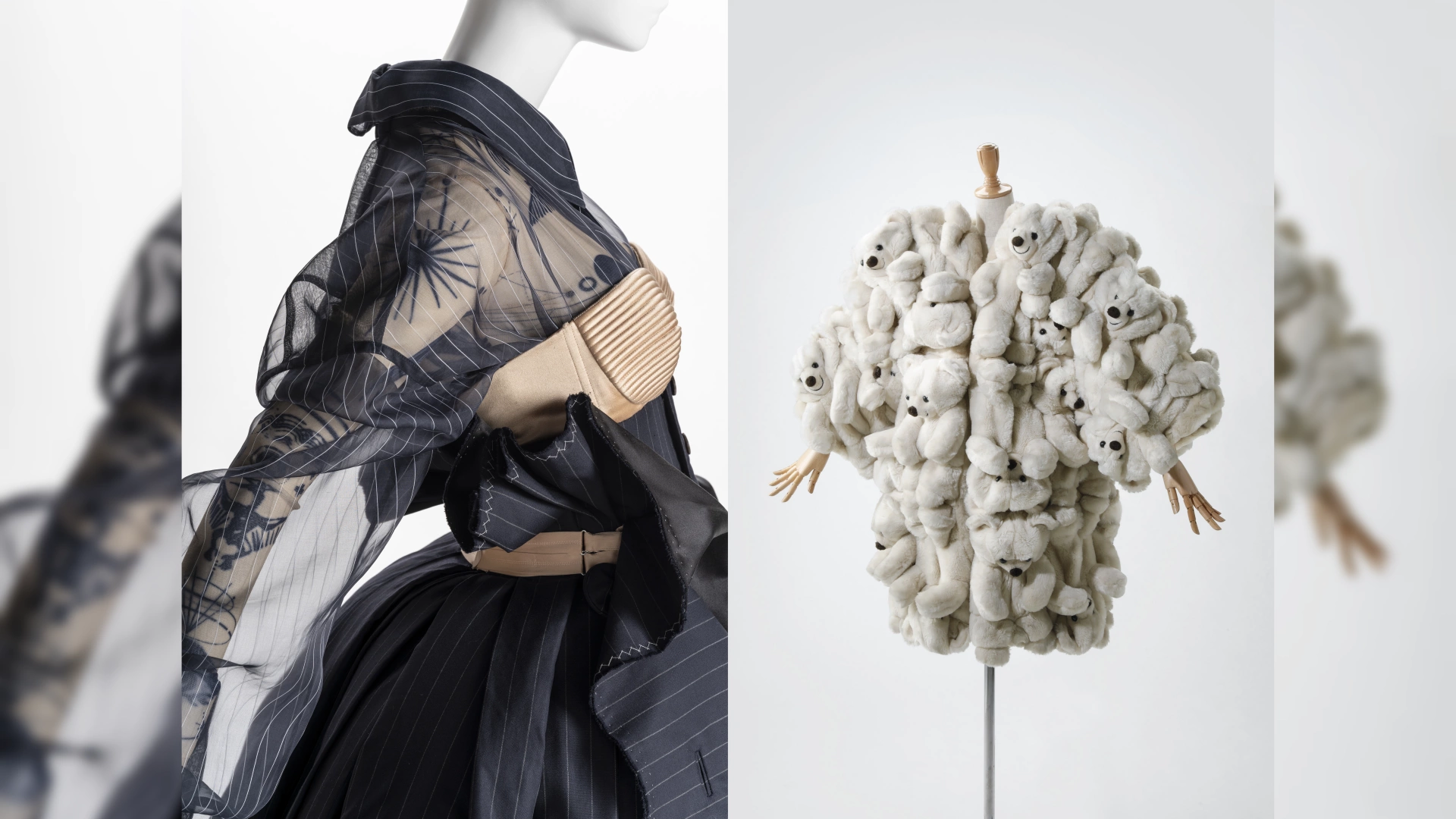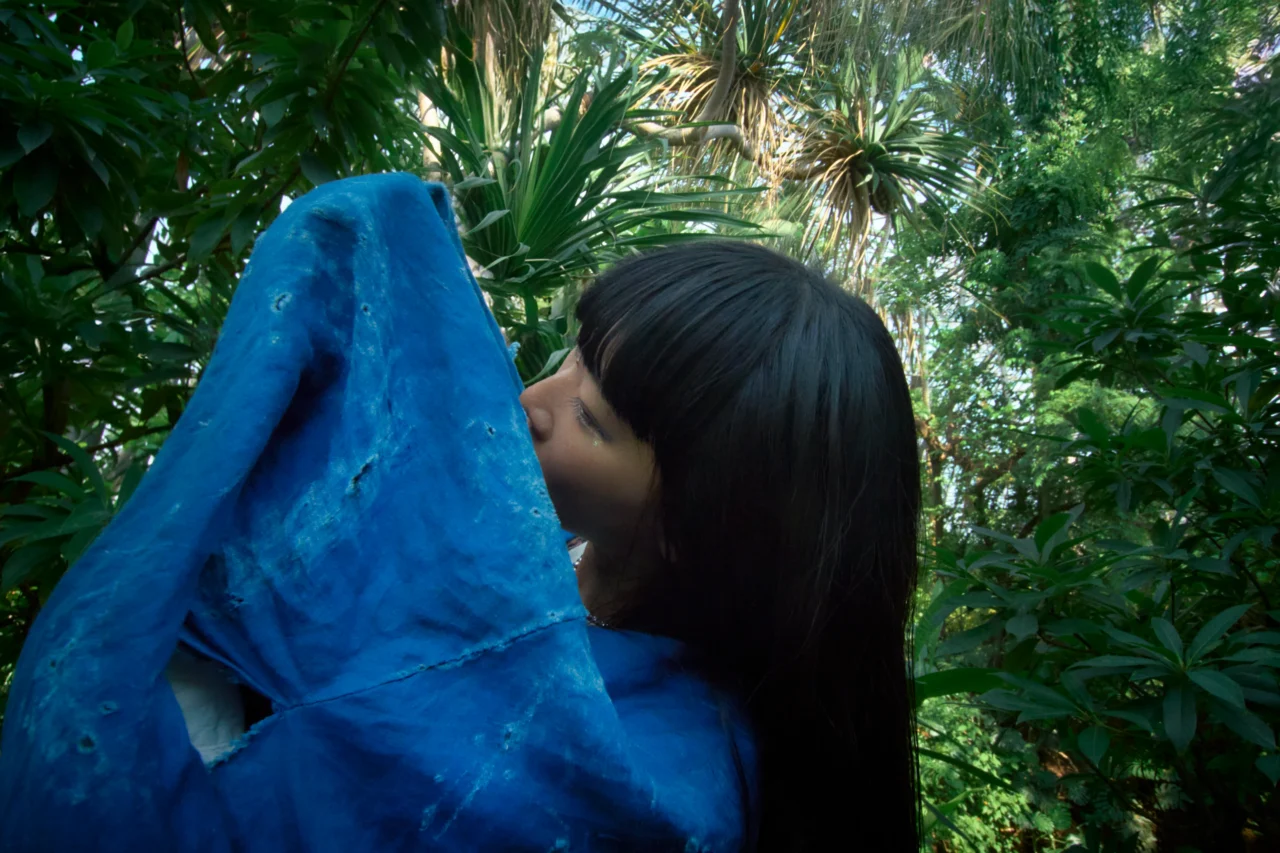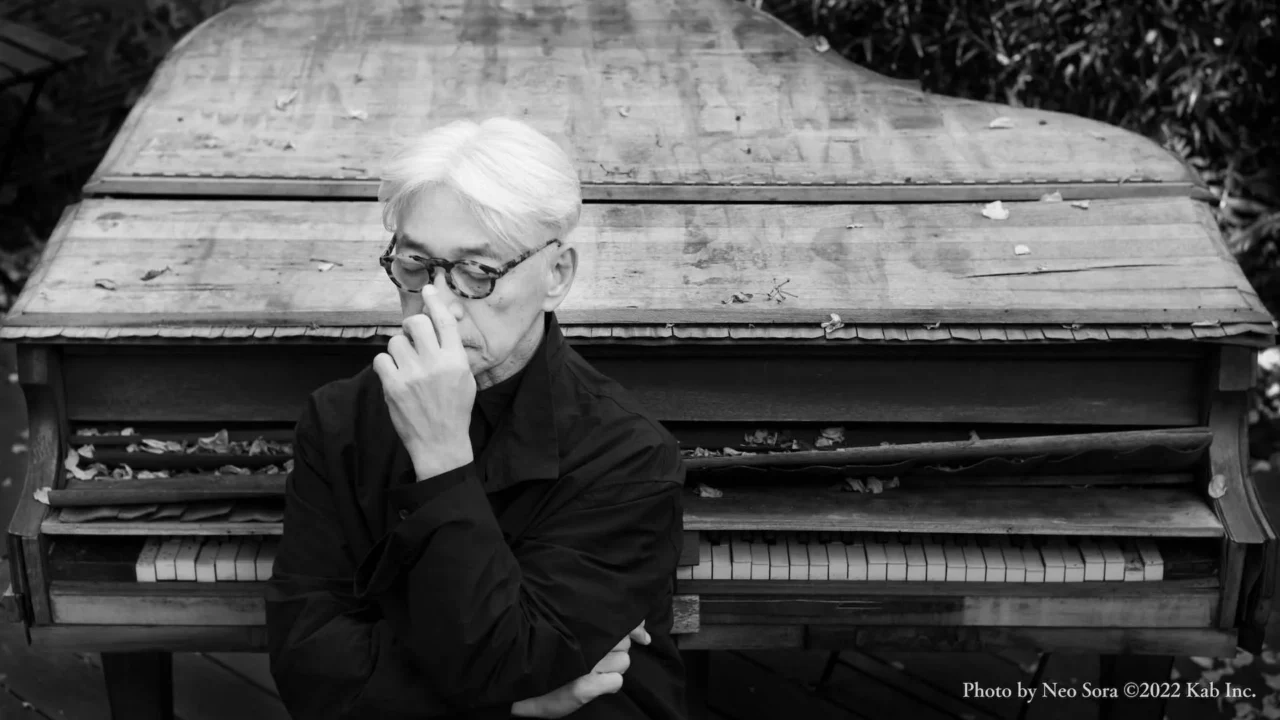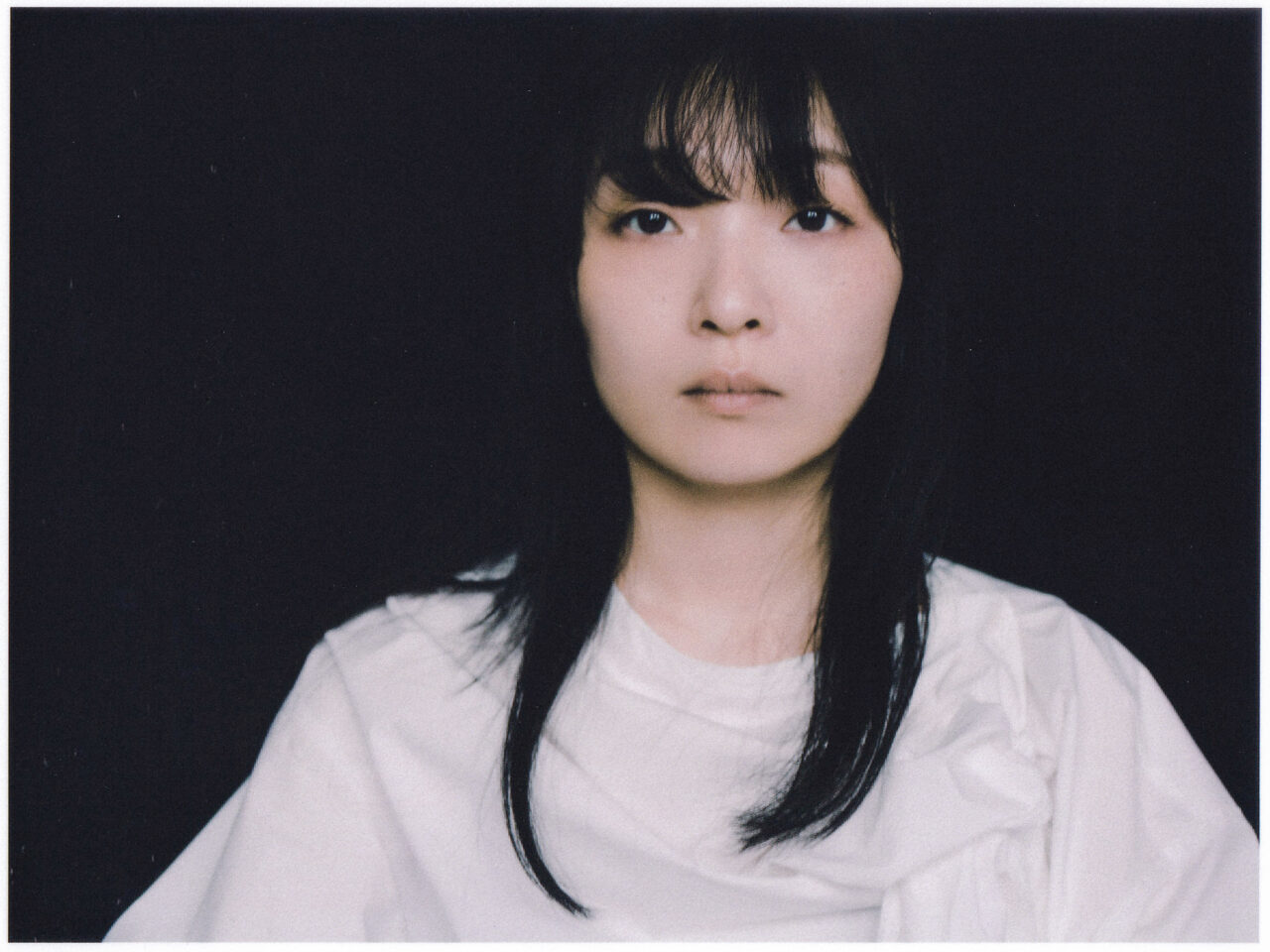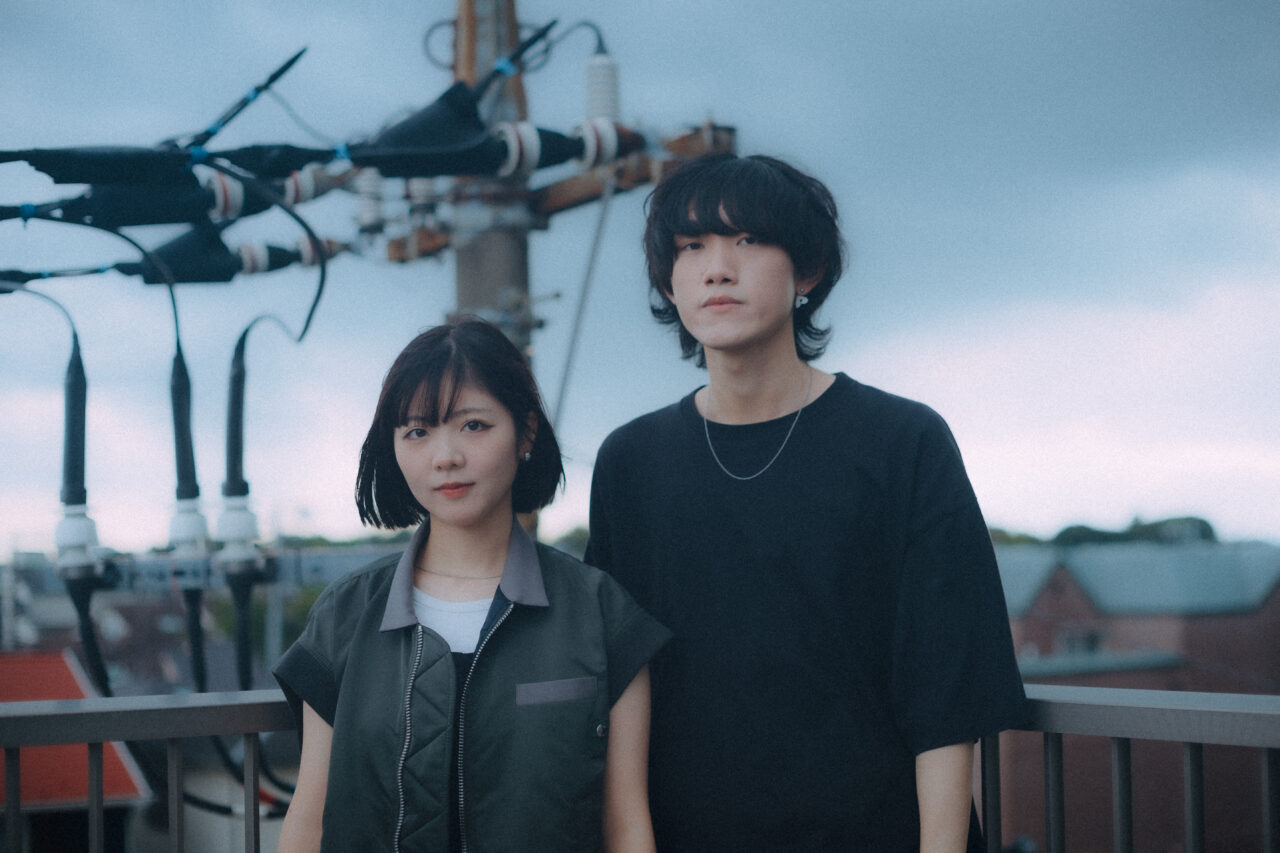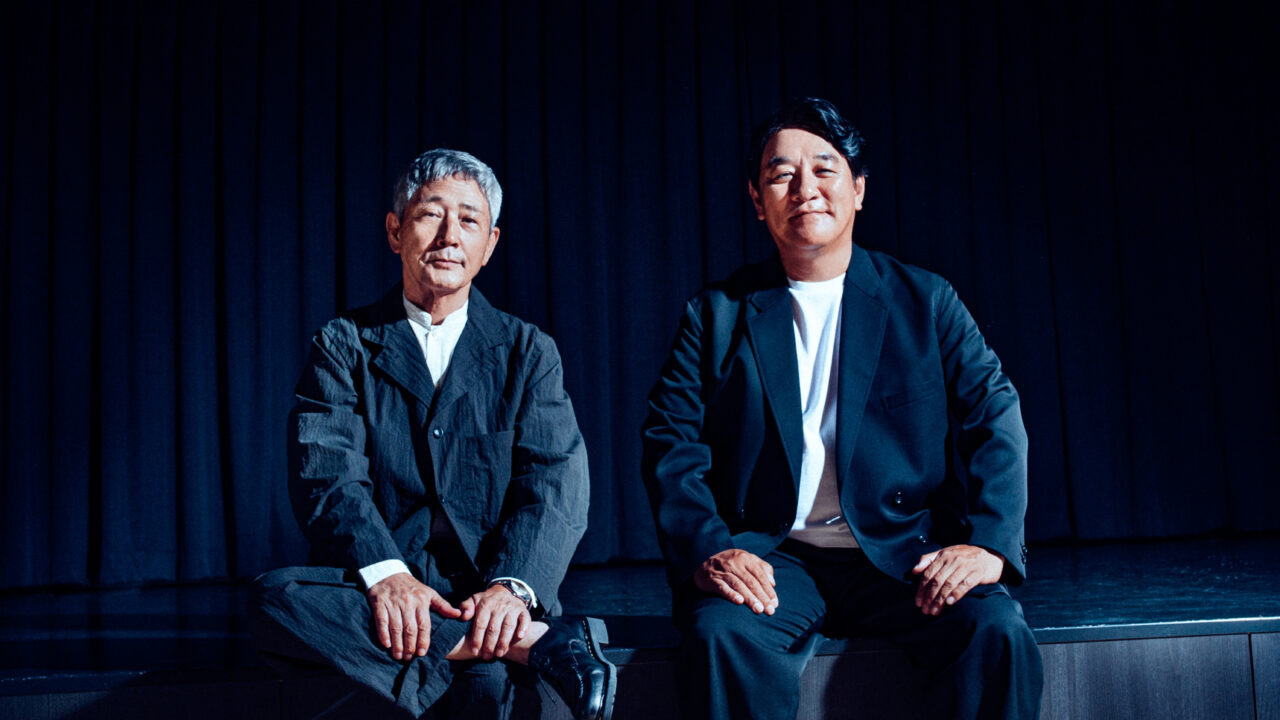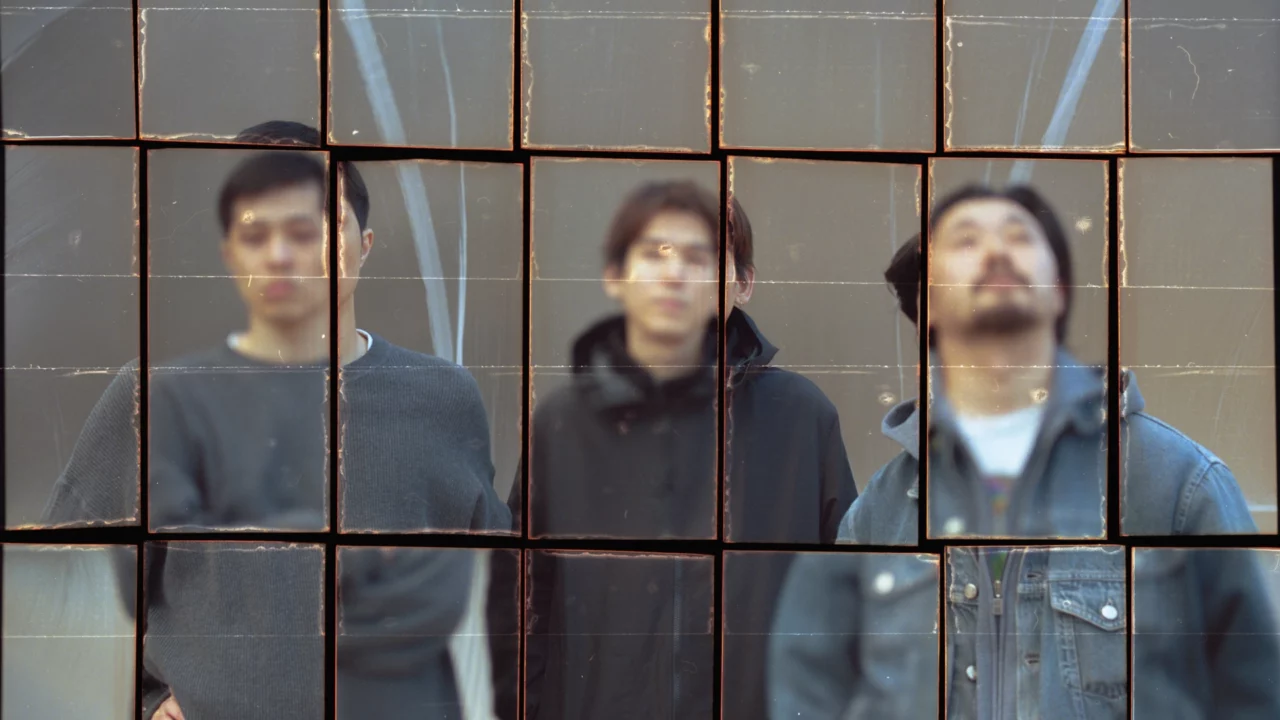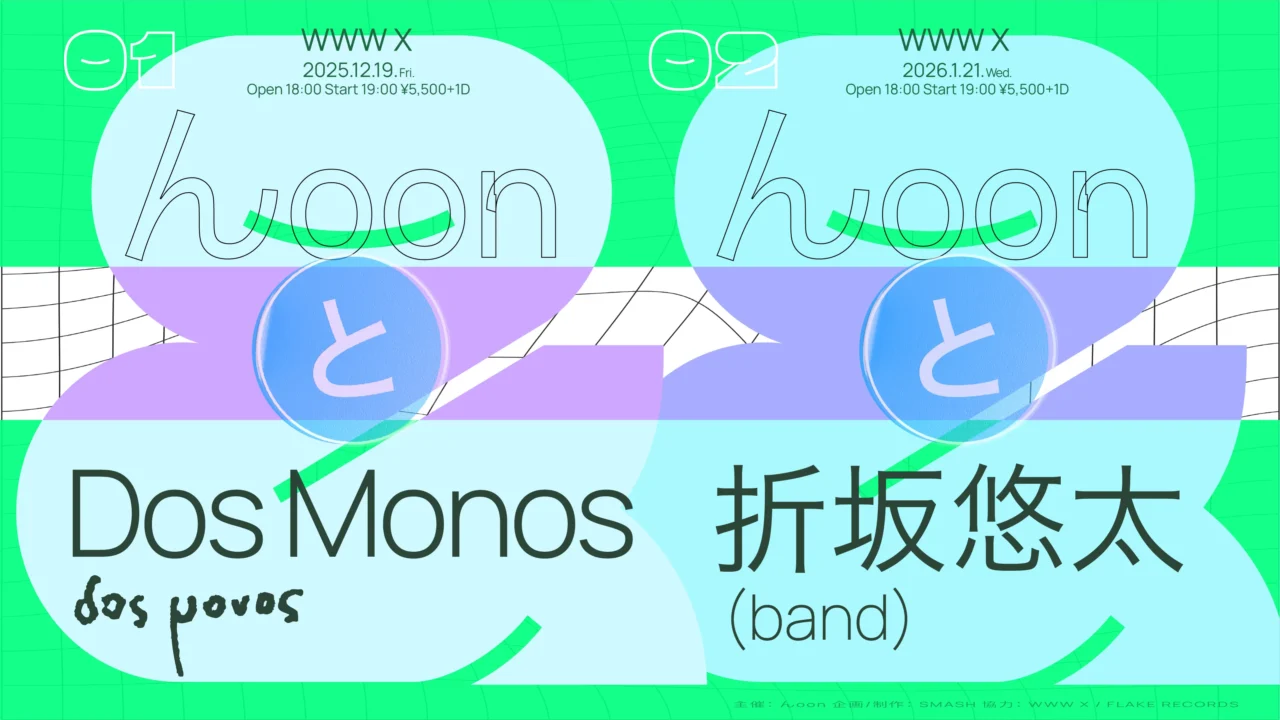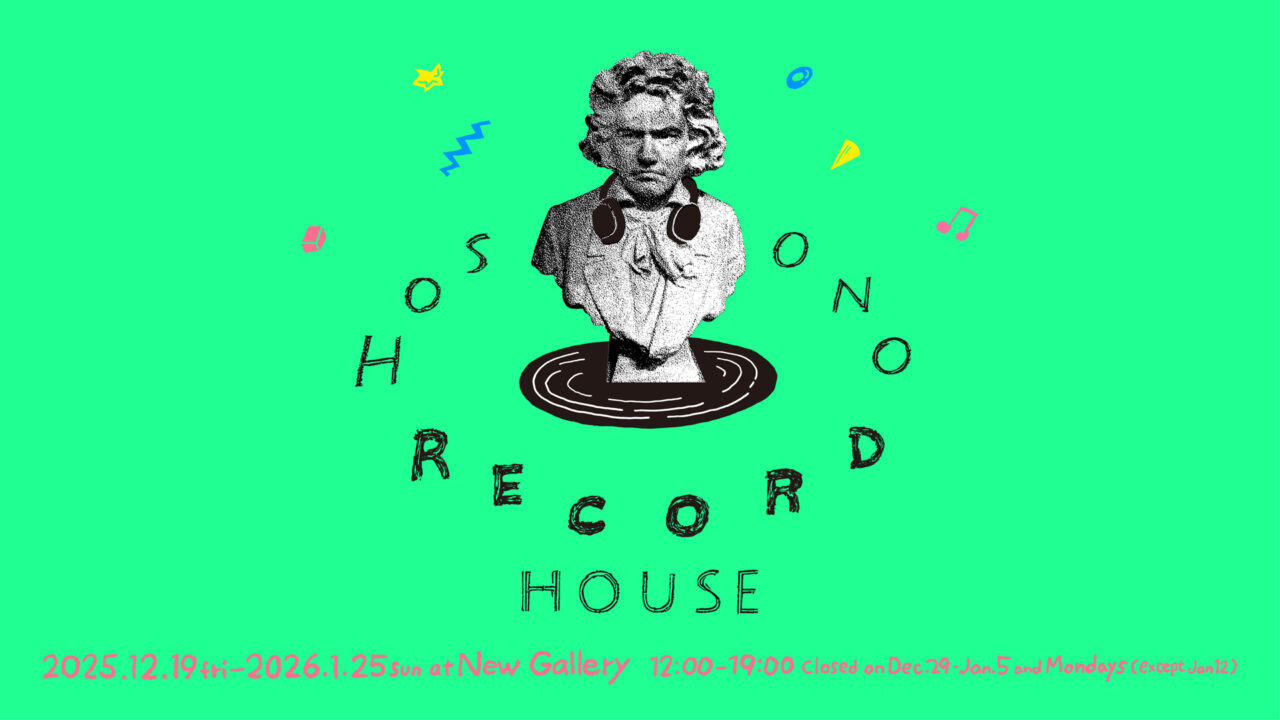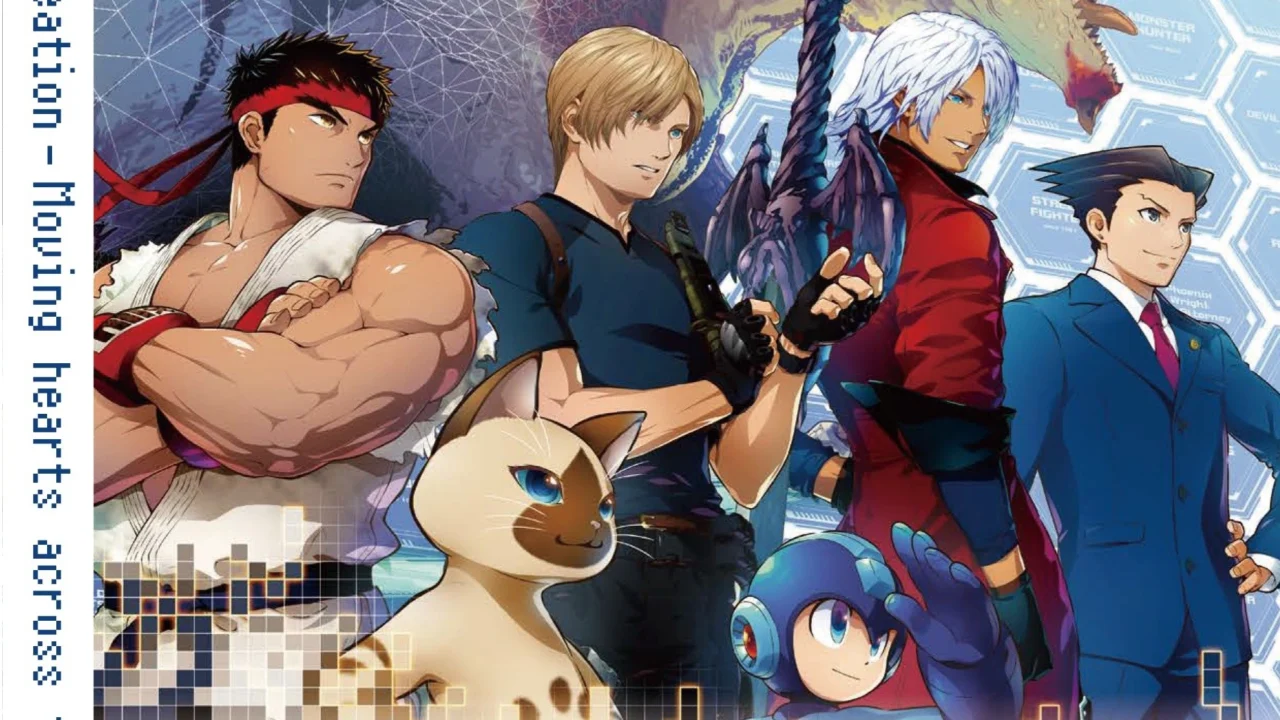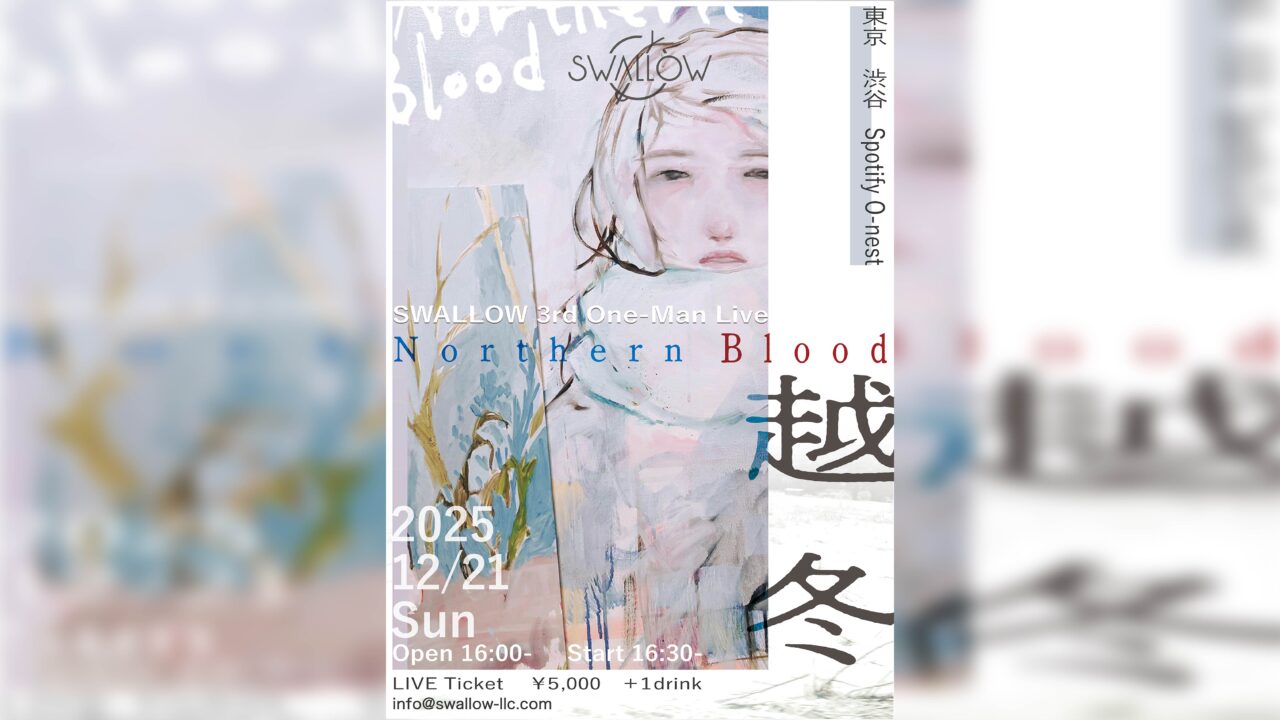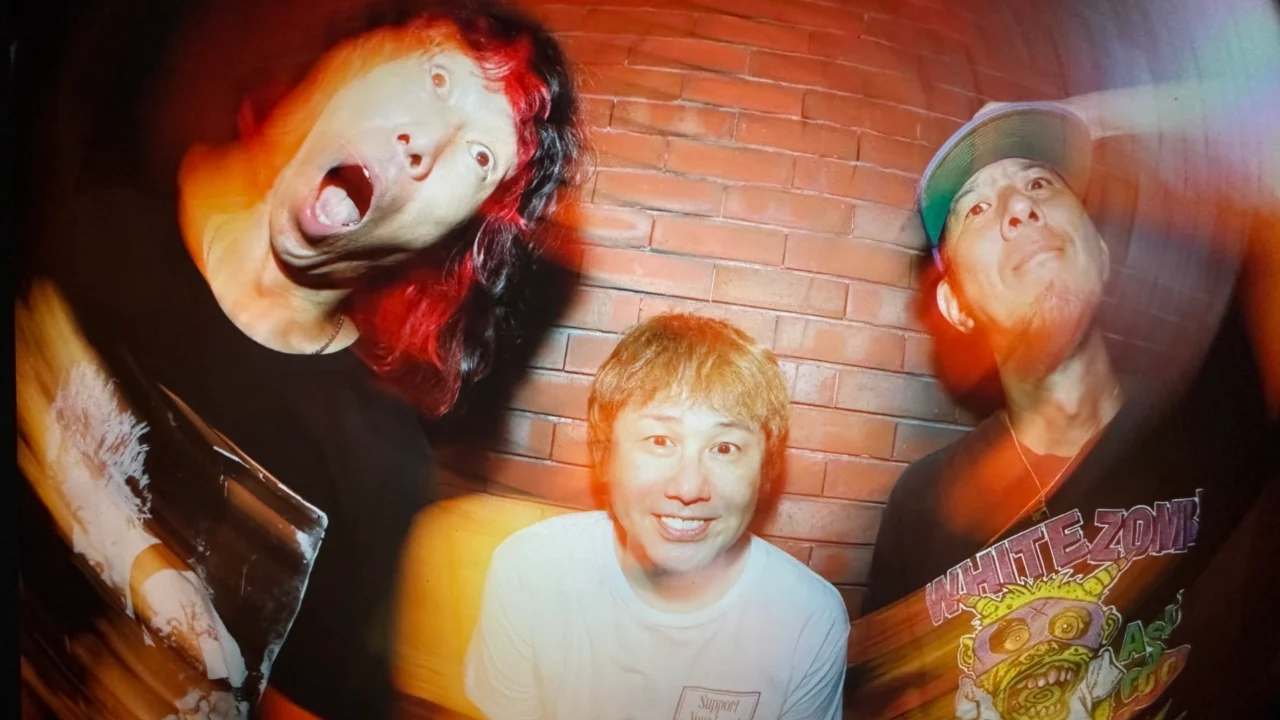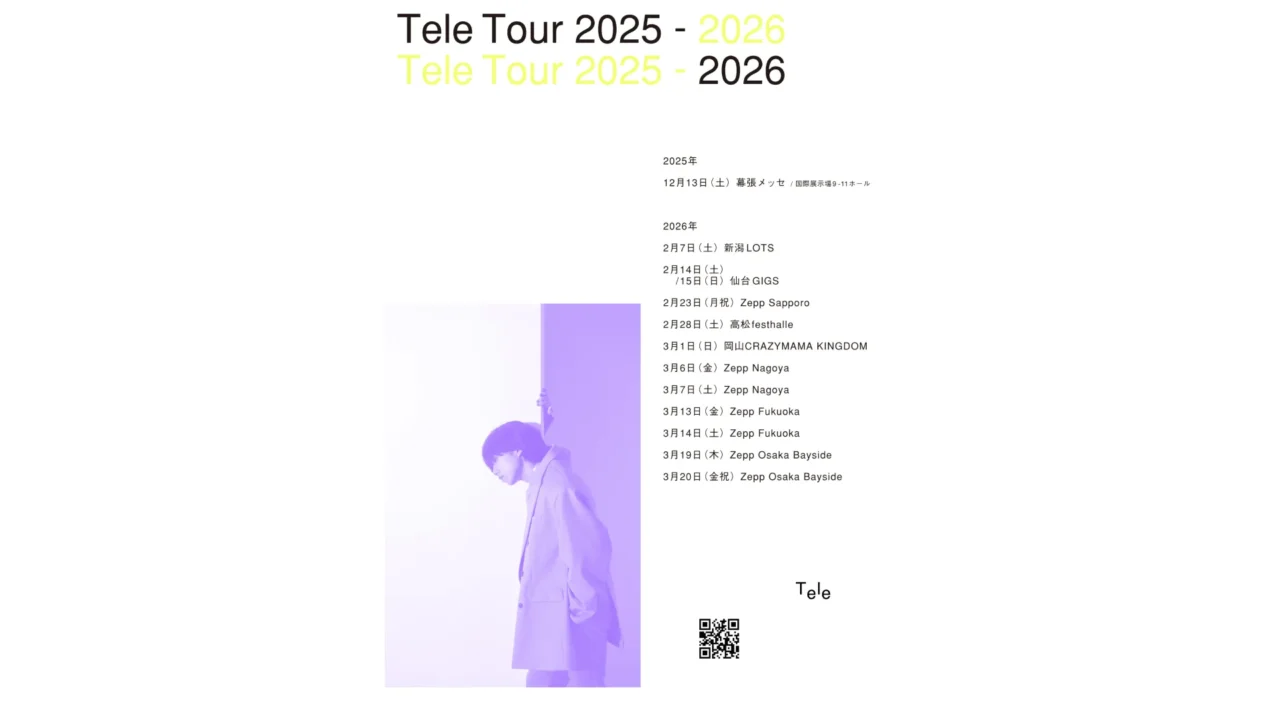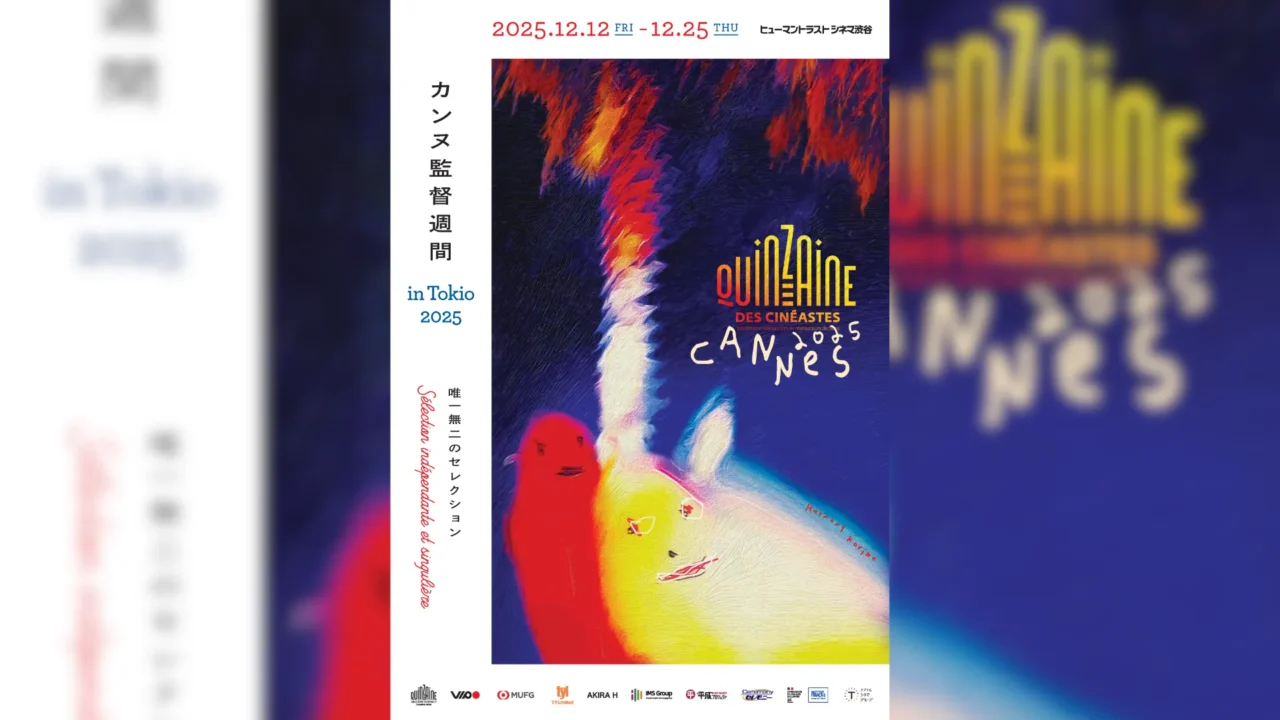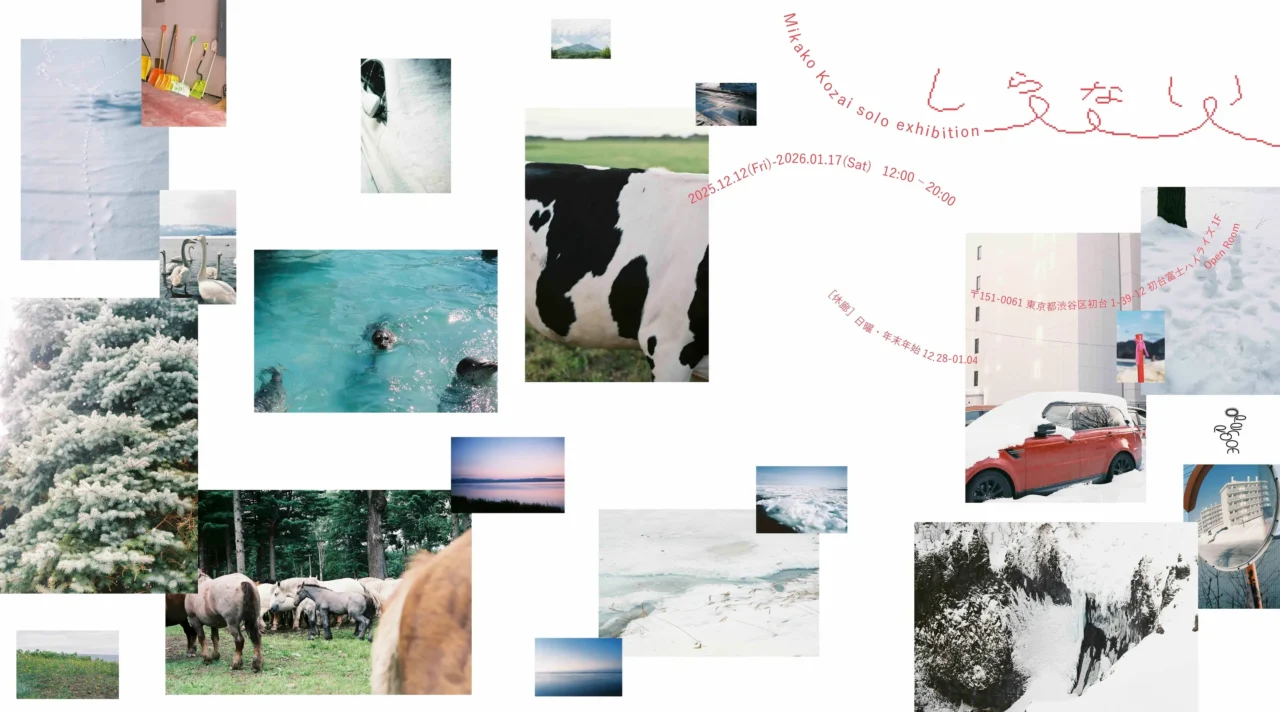The special exhibition “Love Fashion: In Search of Myself” will be held from Wednesday, April 16 to Sunday, June 22 at the Tokyo Opera City Art Gallery in Hatsudai, Tokyo.
Having previously been held in Kyoto and Kumamoto, this exhibition will conclude its tour in Tokyo. It showcases clothing from the 18th century to the present, along with art pieces that reflect humanity’s fundamental desires, exploring various forms of “LOVE” in relation to fashion. The exhibition will feature 74 clothing items and 15 accessories selected from the rich collection of the Kyoto Costume Institute (KCI), along with approximately 40 art pieces, totaling around 130 works.
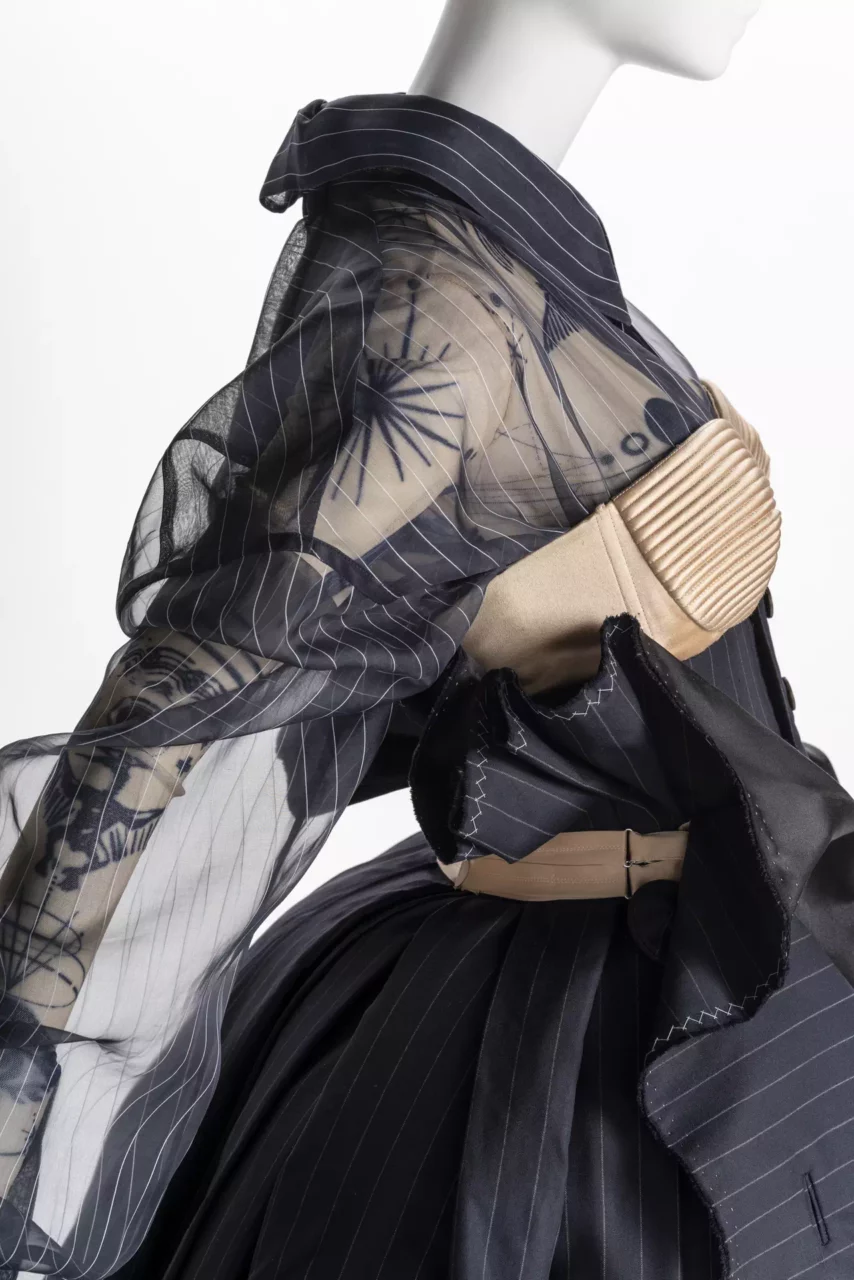
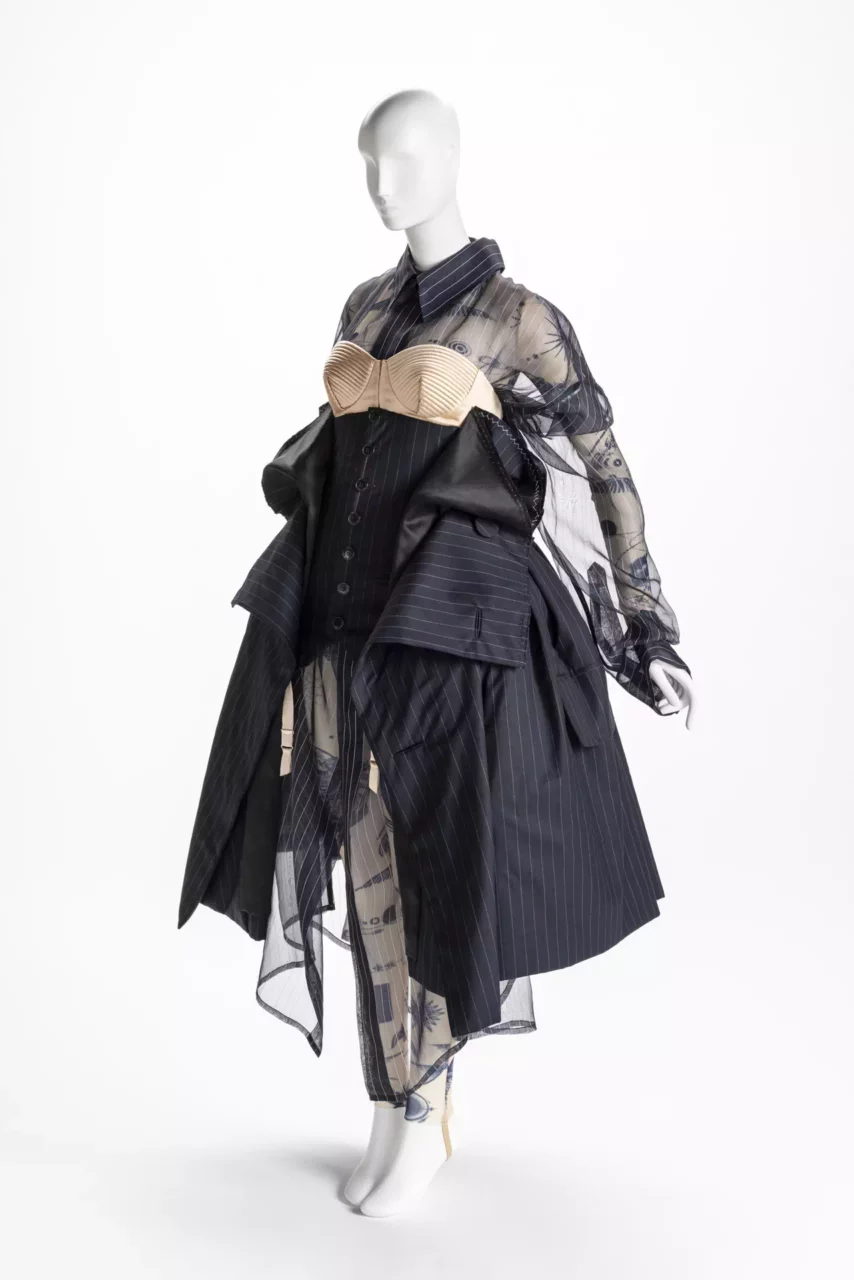

Chapter 1, “I Want to Return to Nature”, focuses on the admiration, reverence, and desire to adorn oneself with nature. The exhibition displays fashion featuring animal materials and plant patterns that have appeared throughout history, reflecting humanity’s earliest memories of clothing derived from the natural world. Notable pieces include an 18th-century men’s waistcoat embroidered with vibrant floral patterns, hats from the early 20th century adorned with bird feathers and taxidermy, and eco-fur coats promoting the use of fur alternatives and environmental protection. Additionally, works by Motohiko Koyata, using human hair as material, are also showcased alongside these pieces.
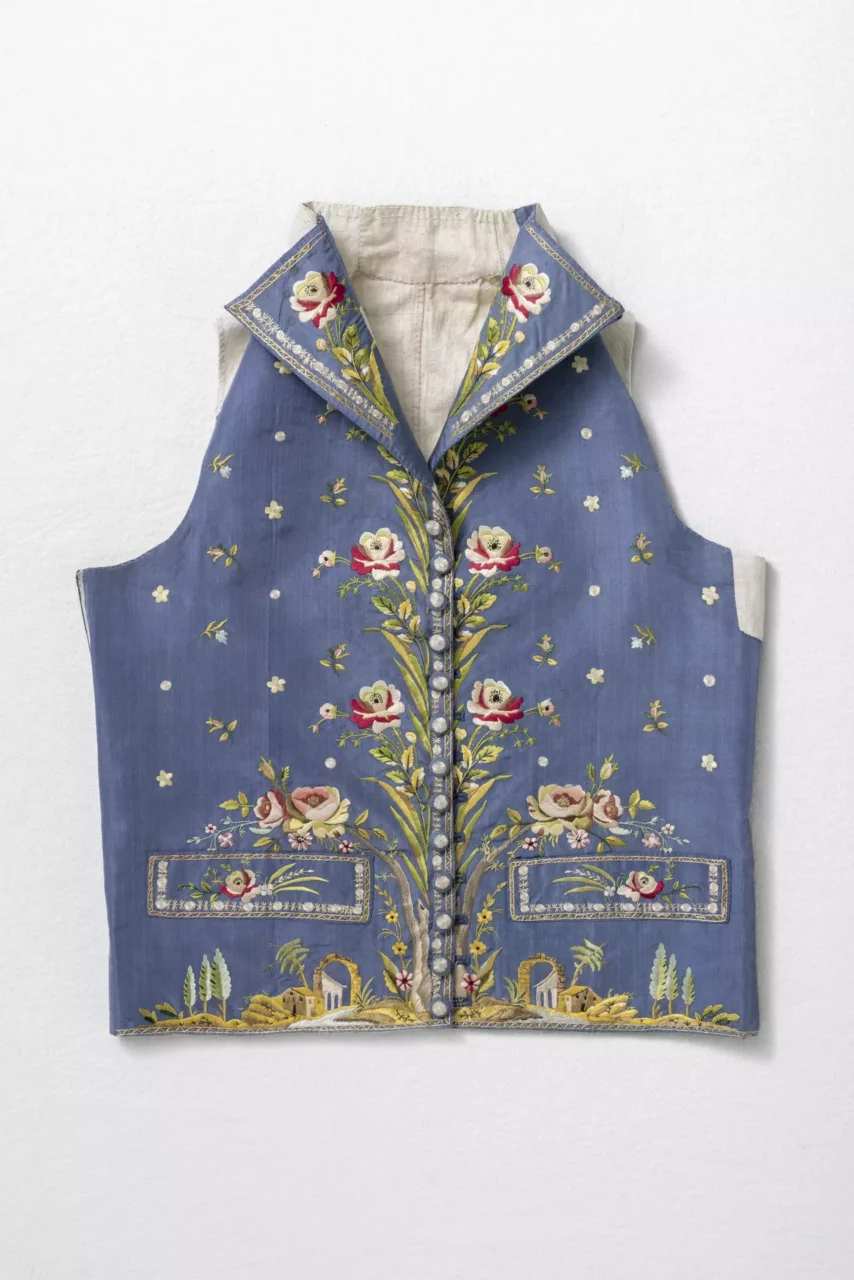
Tomoki Moriya
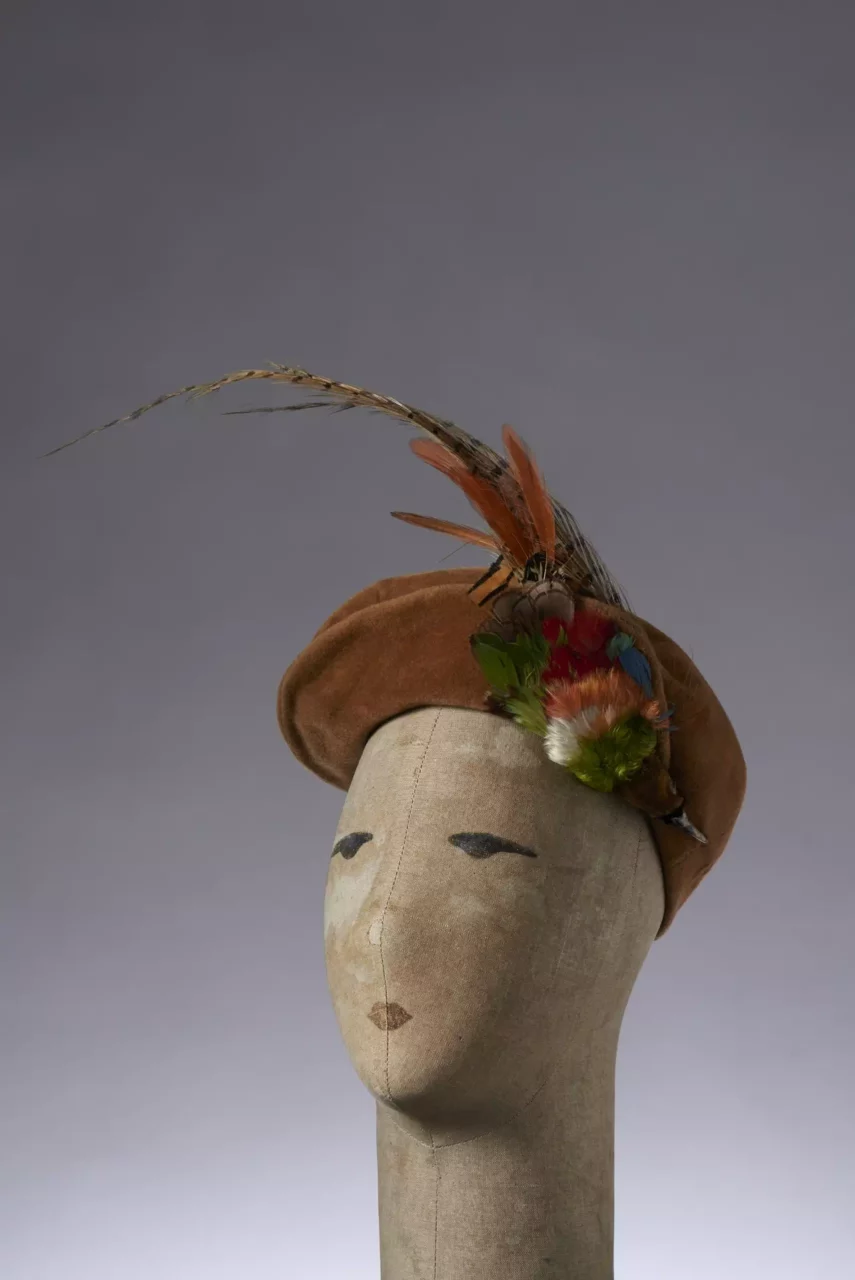
group, Photo: Masayuki Hayashi
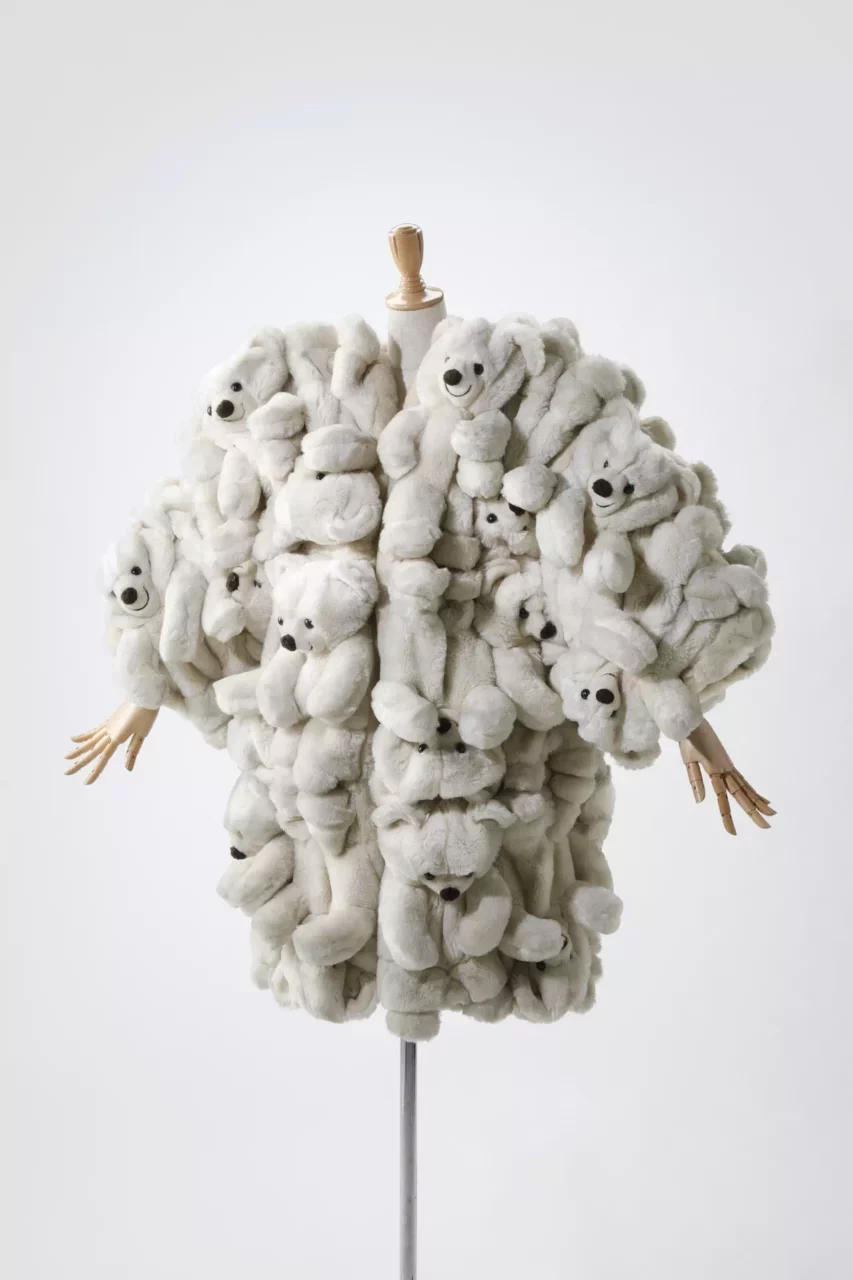
Autumn/Winter © Kyoto Costume Institute, photo by Takeshi Kurita
Chapter 2, “I Want to Be Beautiful”, focuses on the obsessive desire for form that has often shaped the trends in clothing. The exhibition features iconic pieces such as the corset, which was central to 19th-century ideals of physical beauty, and exquisite couture creations by Cristóbal Balenciaga, known for his sculptural approach to fabric as an art form. Alongside these mid-20th-century haute couture pieces, the exhibition also showcases sculptural contemporary fashion by designers such as Yohji Yamamoto and Jil Sander, reaffirming the creative power of “beauty” as expressed through the form of clothing.
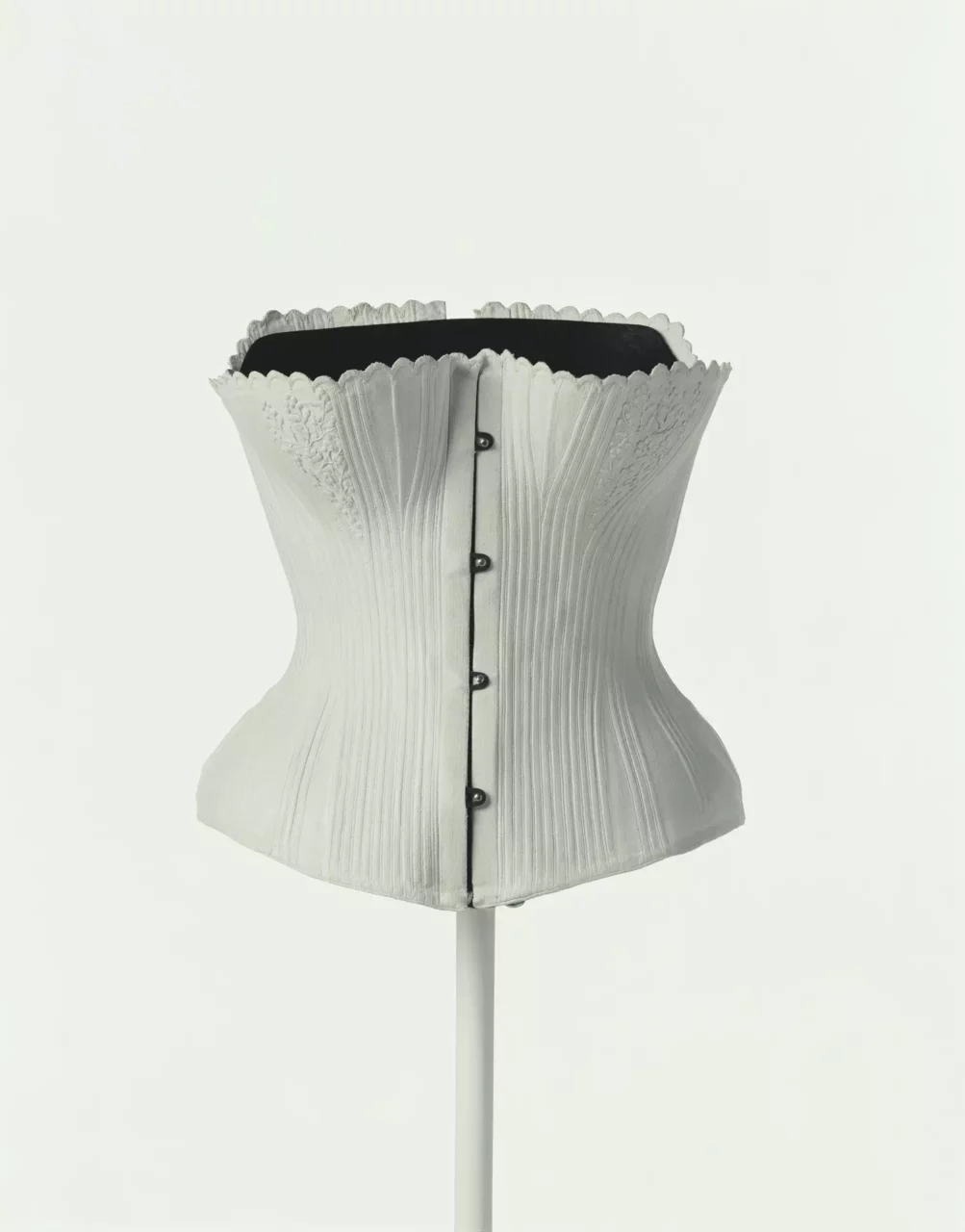
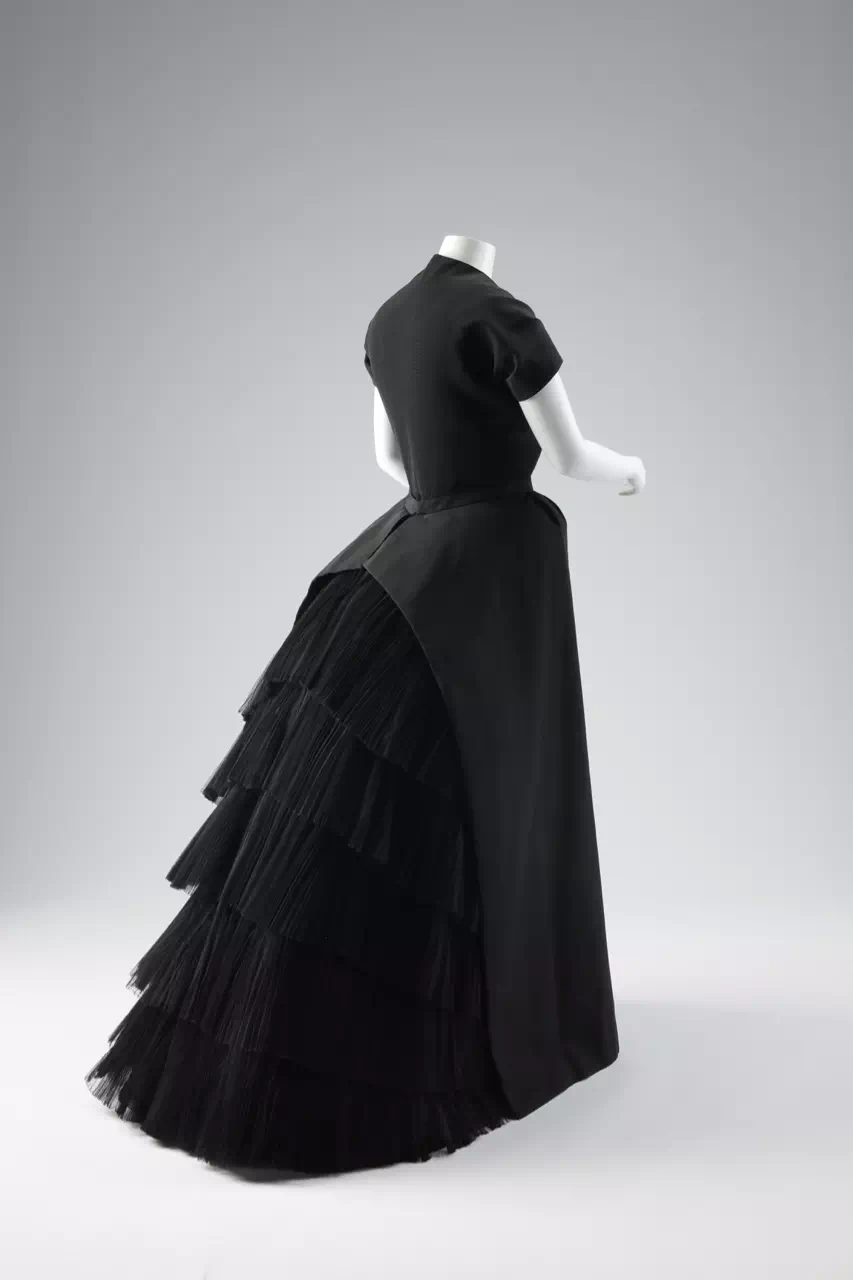
Kyoto Costume Institute, Photo: Takeshi Kurita
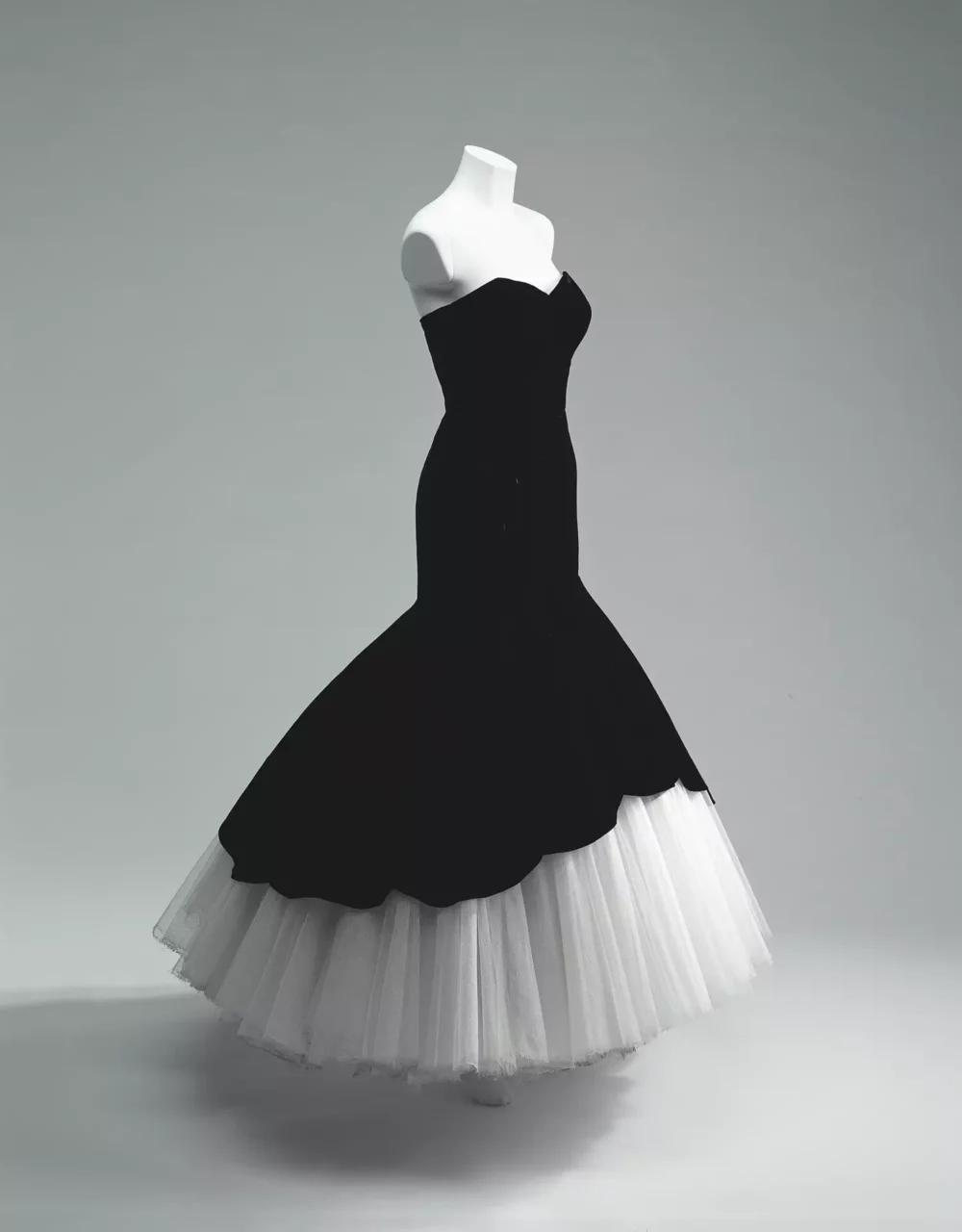
Kyoto Costume Institute, photo by Takashi Hatakeyama
Chapter 3, “Wanting to Be Myself,” focuses on minimalistic designs that put the natural, real body at the center, pioneered by designers like Prada and Helmut Lang since the 1990s. The exhibition also highlights the so-called “underwear fashion,” which can be described as the ultimate form of minimal fashion. These garments are presented in dialogue with Wolfgang Tillmans’ photographs capturing the everyday life of close friends and with paintings by Tomona Matsukawa that depict the reality of women living in contemporary society.

© Kyoto Costume Institute, Gift of Helmut Lang Photo: Tomoki Moriya
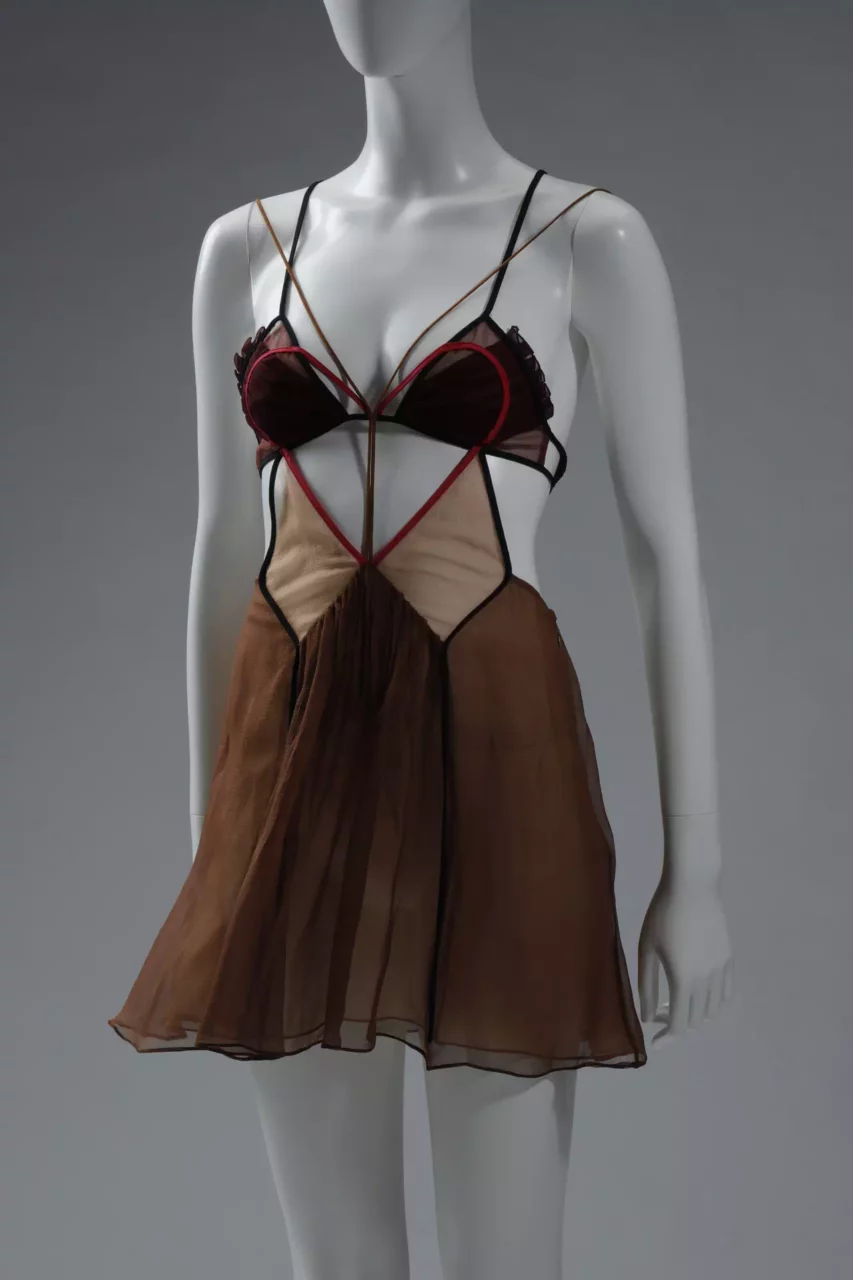
, Photo: Takeshi Kurita
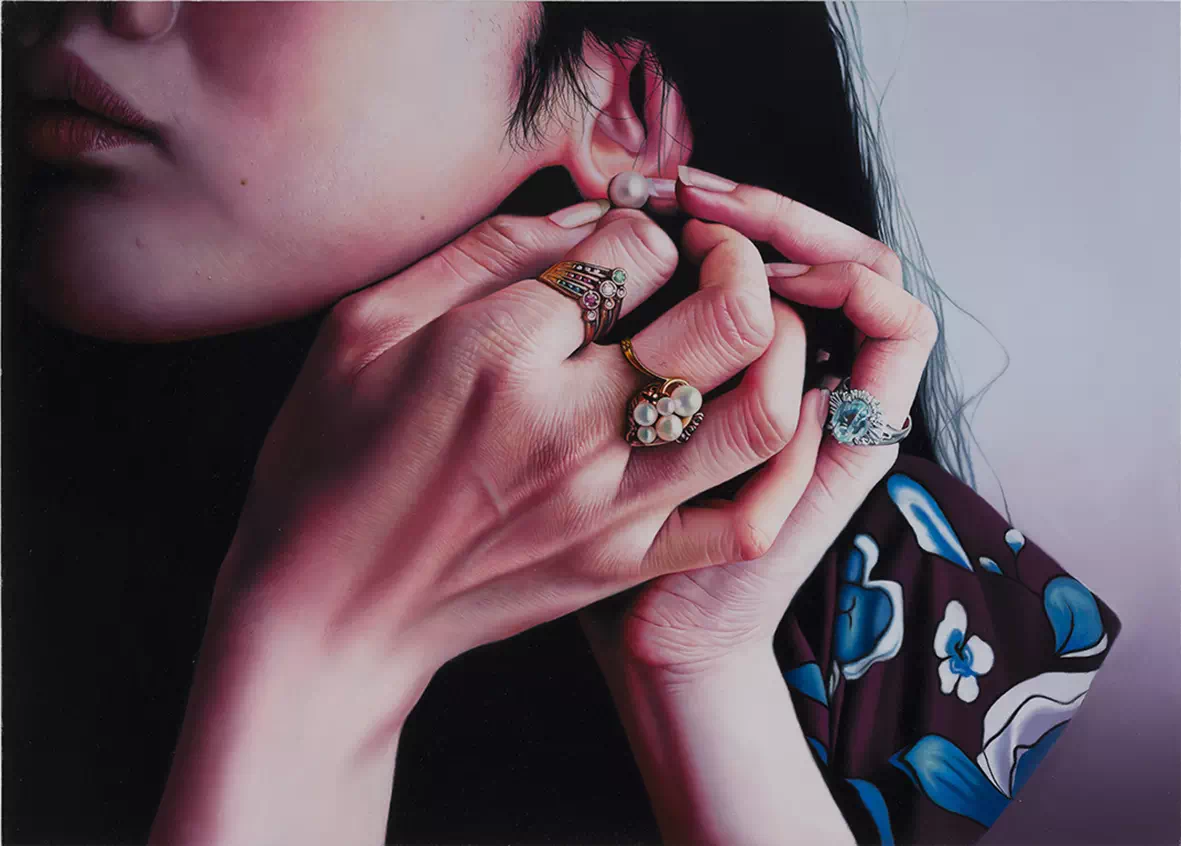
Tomona Matsukawa courtesy of Yuka Tsuruno Art Office, photo by Ken Kato
Chapter 4, “Wanting to Be Free,” explores the desire to escape the prescribed “identity” and how this longing is often projected onto the act of “changing clothes.” Inspired by Virginia Woolf’s 1928 novel Orlando: A Biography, the exhibition showcases the 2020 Spring/Summer collections by Comme des Garçons and Comme des Garçons Homme Plus, as well as the “Orlando” trilogy from the 2019 opera Orlando at the Vienna State Opera, for which Rei Kawakubo designed the costumes. The exhibition examines the universal questioning of identity found in both the literature and the clothing created in different eras.
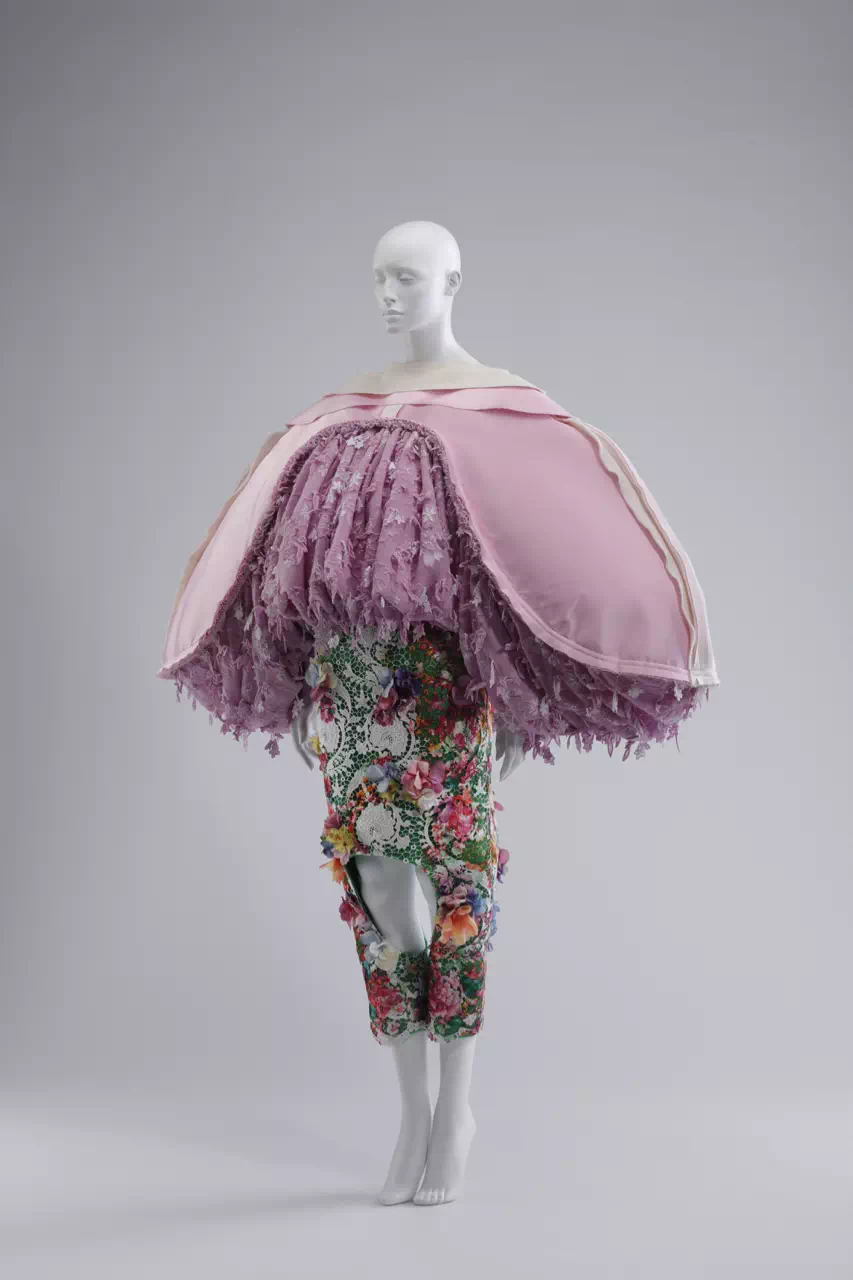
Research Foundation, Photo by Takeshi Kurita
Chapter 5, “Wanting to Lose Myself,” focuses on the emotional experiences we undergo through fashion: the desire to wear a certain outfit, the anticipation of how it might feel, and the excitement when finally slipping into a longed-for garment. The exhibition highlights the fleeting moments of joy and thrill that come with wearing clothes, featuring Tomo Koizumi’s delightful creations resembling mobile suits made with frills and ribbons, as well as Loewe’s pieces that evoke the sensation of the body being taken over by lips. Additionally, the exhibition explores the boundless human desire through AKI IMONATA’s “Passing a Shell to a Hermit Crab,” where hermit crabs change their “shells,” symbolizing the insatiable nature of human yearning.
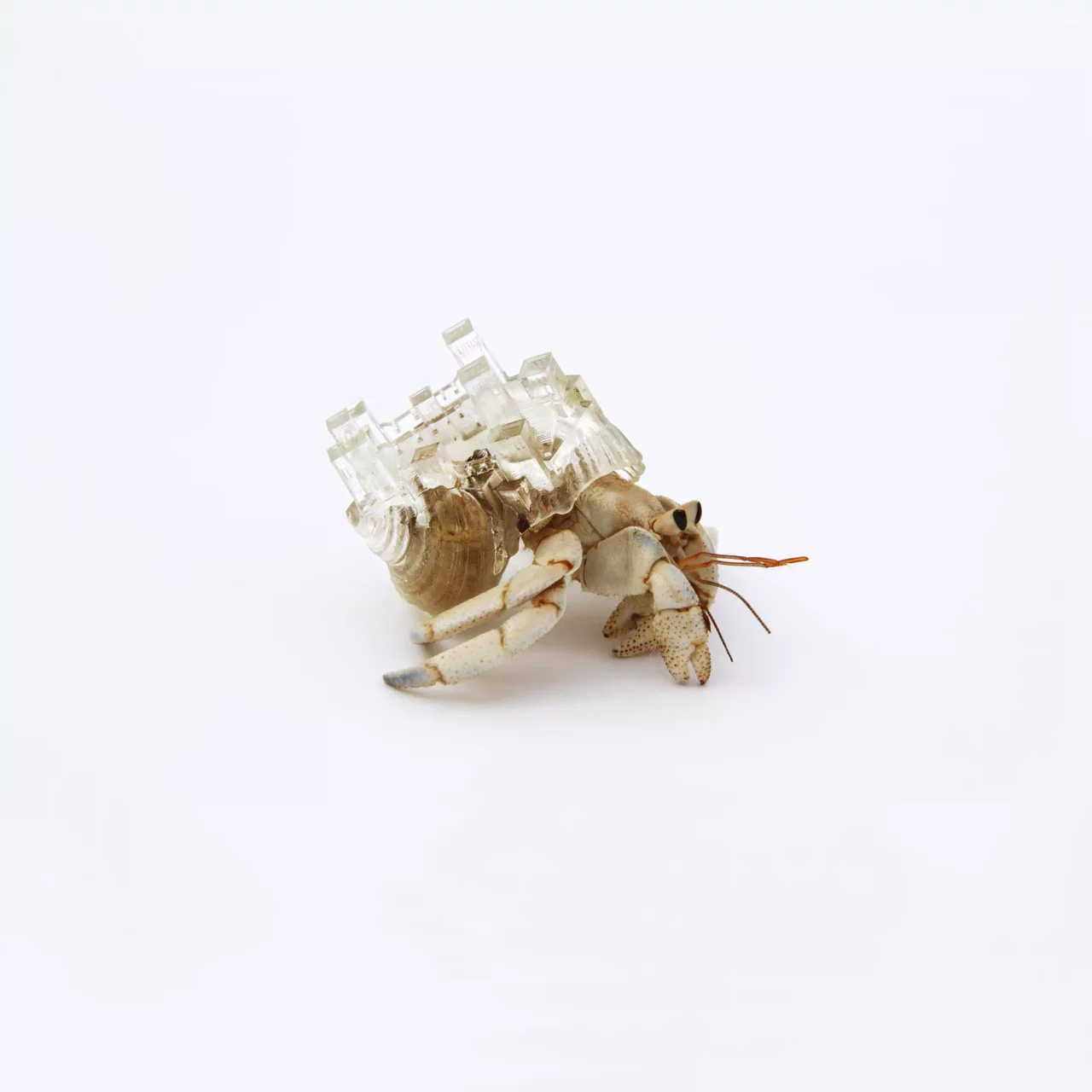
Collection of The National Museum of Modern Art, Tokyo ©AKI INOMATA
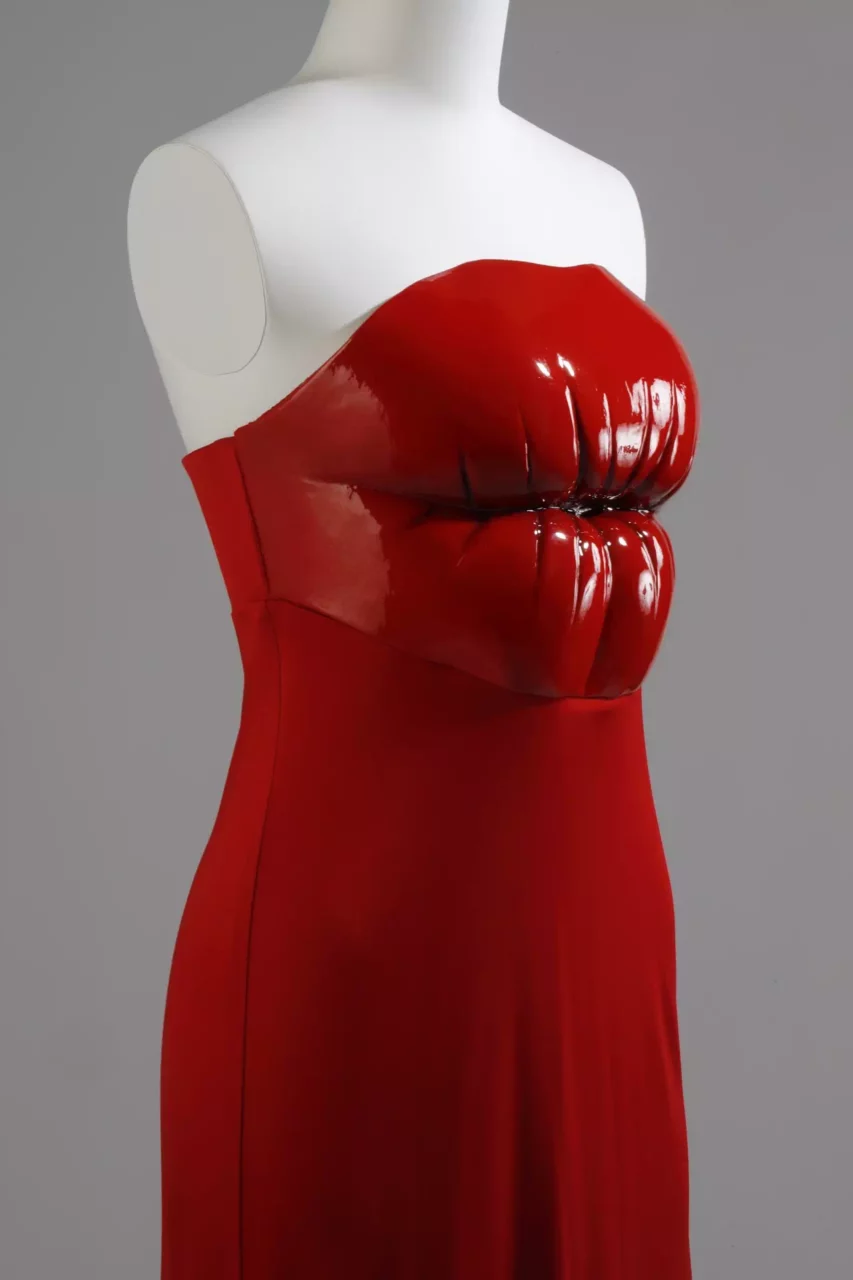
Research Foundation, Photo: Takeshi Kurita
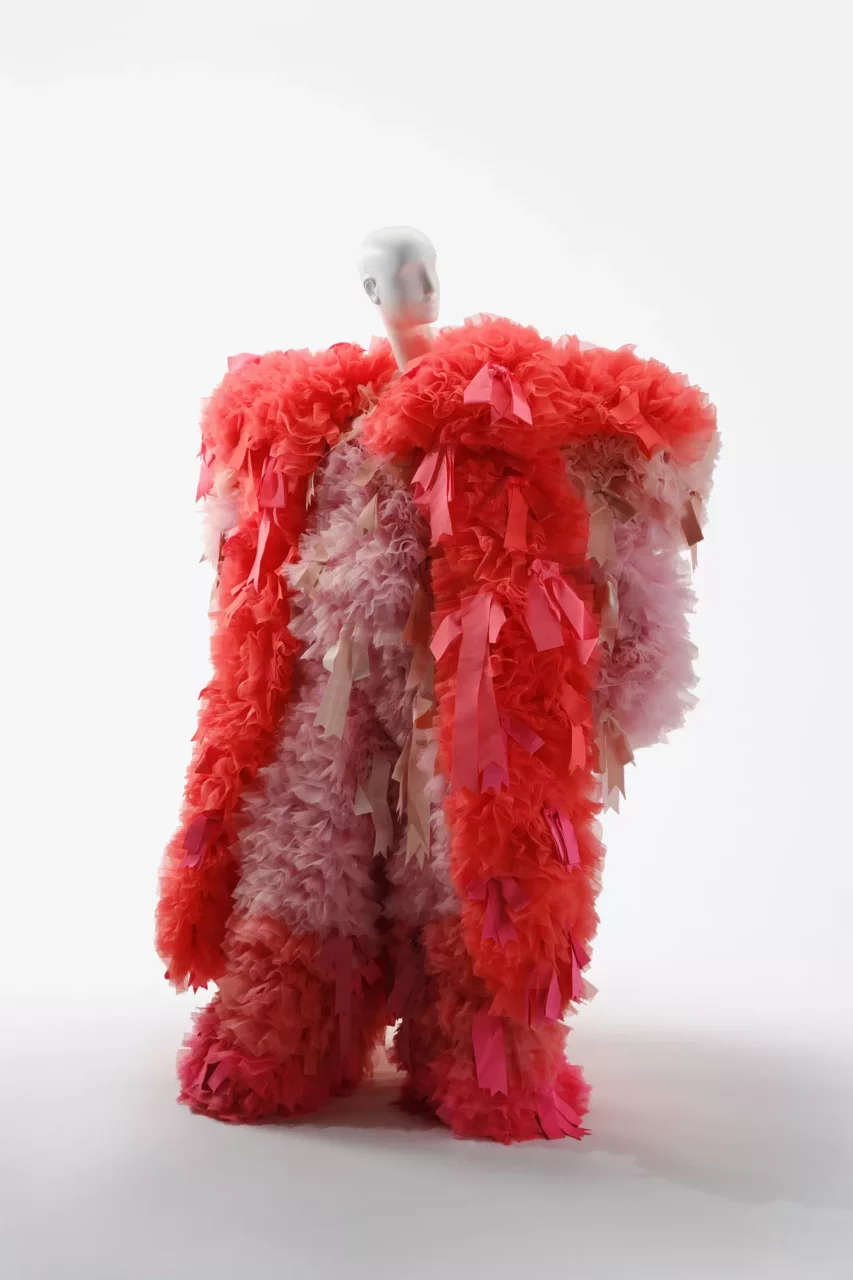
The exhibition will also feature artworks by Emiko Kasahara, Tomoko Sawada, Sylvie Fleury, Hiroki Harada, and Nami Yokoyama, including new pieces created specifically for this exhibition.
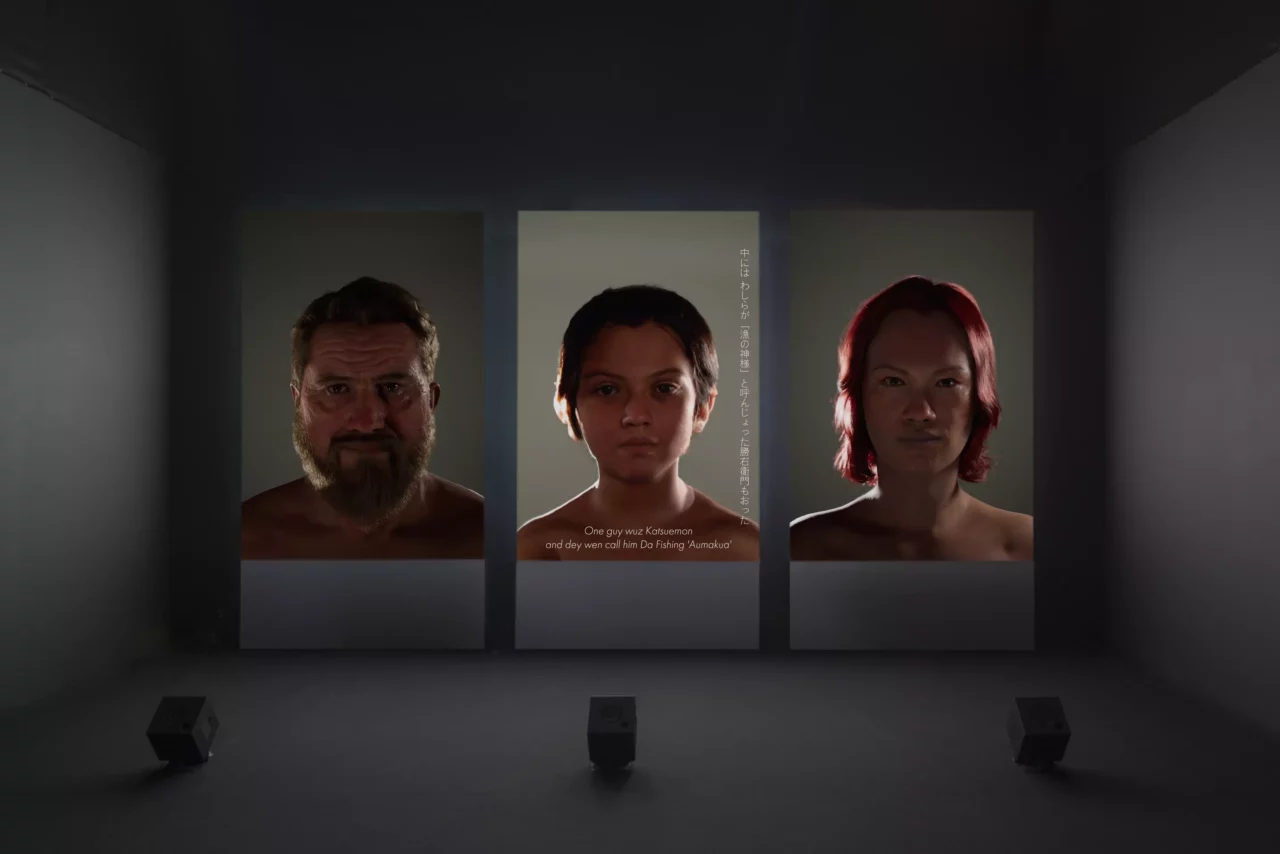
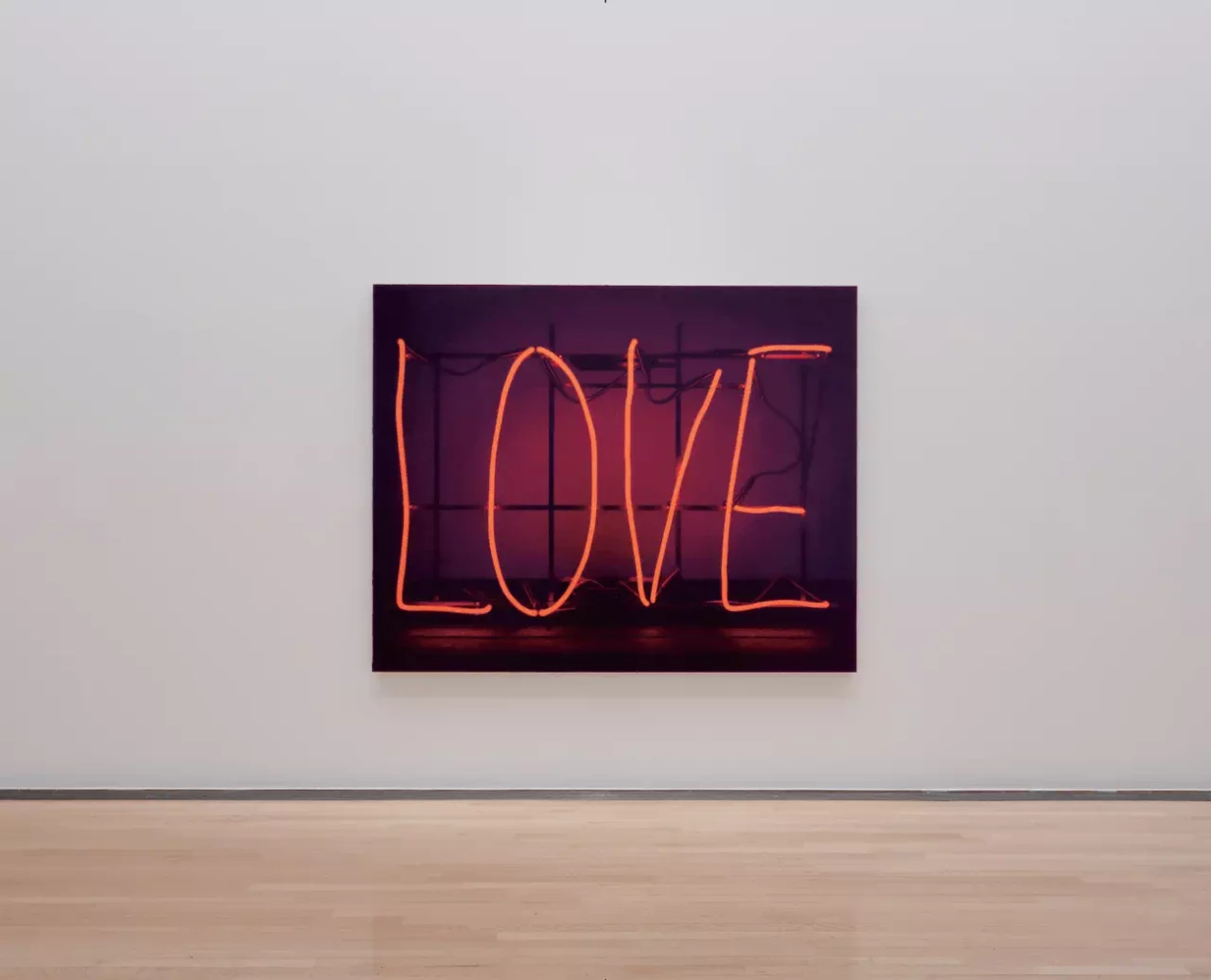
Love Fashion: In Search of Myself
Dates: April 16 (Wednesday) – June 22 (Sunday), 2025 *60 days
Venue: Tokyo Opera City Art Gallery (Gallery 1, 2)
Hours: 11:00 AM – 7:00 PM (last entry by 6:30 PM)
Closed: Mondays (except April 28 (Monday) and May 5 (Monday, Public Holiday), which will be open), May 7 (Wednesday)
Admission:
- General: 1,600 [1,400] yen
- University & High School Students: 1,000 [800] yen
- Free for Middle School Students and younger
*Admission includes entry to the concurrent exhibitions “On Love: Collection Exhibition 083 Terada Collection” and “Project N 98: Yang Bo.”
*[ ] indicates discount prices.
*Free admission for those with disabilities and one accompanying person.
*Discounts cannot be combined, and no refunds for admission fees.
Organized by: Tokyo Opera City Cultural Foundation, Kyoto Costume Institute (KCI)
Sponsored by: NTT Urban Development REIT Investment Corporation
Special cooperation: Wacoal Corporation
Cooperation: Nanatsui Co., Ltd., Lucian Co., Ltd., Yamato Transport Co., Ltd., Yoshitada Mannequin Co., Ltd.
Supported by: Ohbayashi Foundation, Pro Helvetia Swiss Arts Council
Endorsed by: Swiss Embassy in Japan
Inquiries: 050-5541-8600 (Hello Dial)
